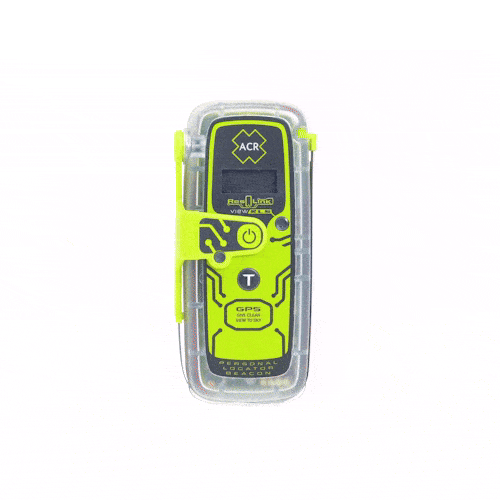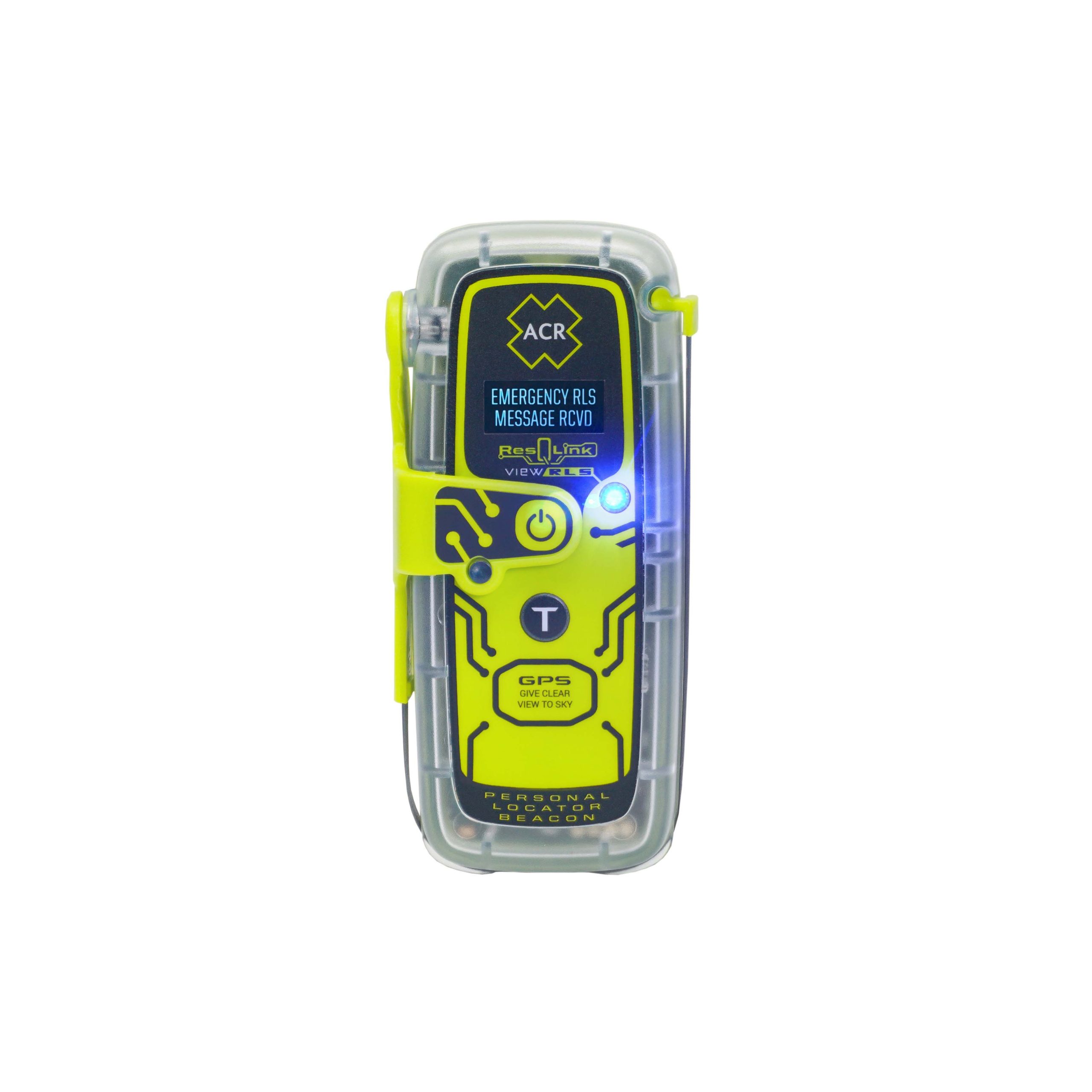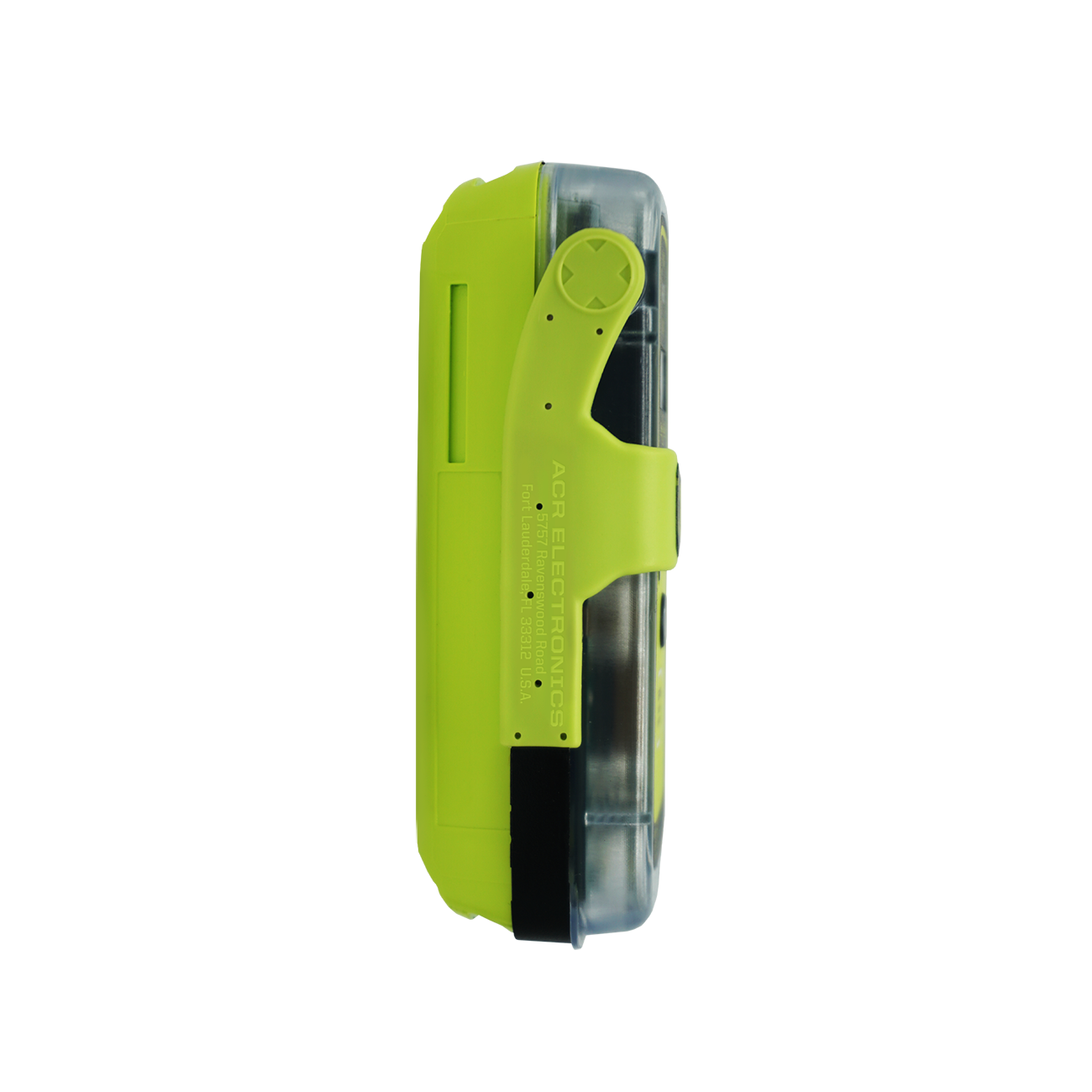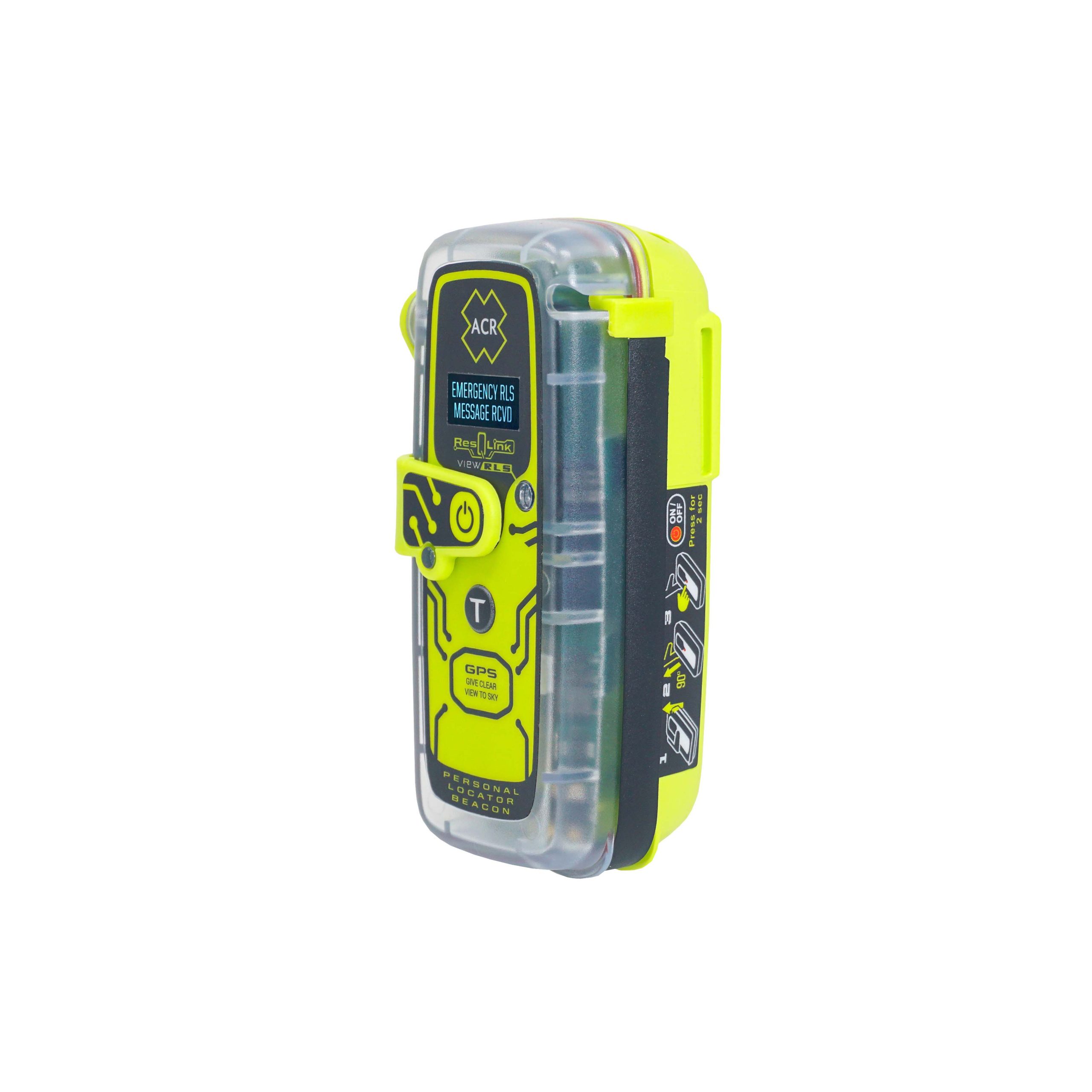
Lives saved
1
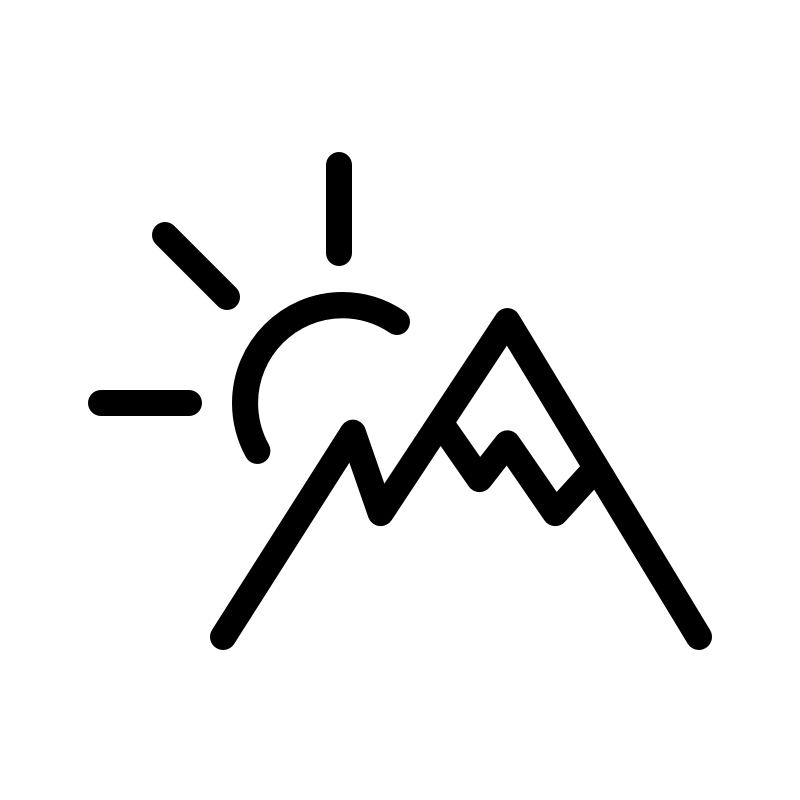
Climbing
Canyon
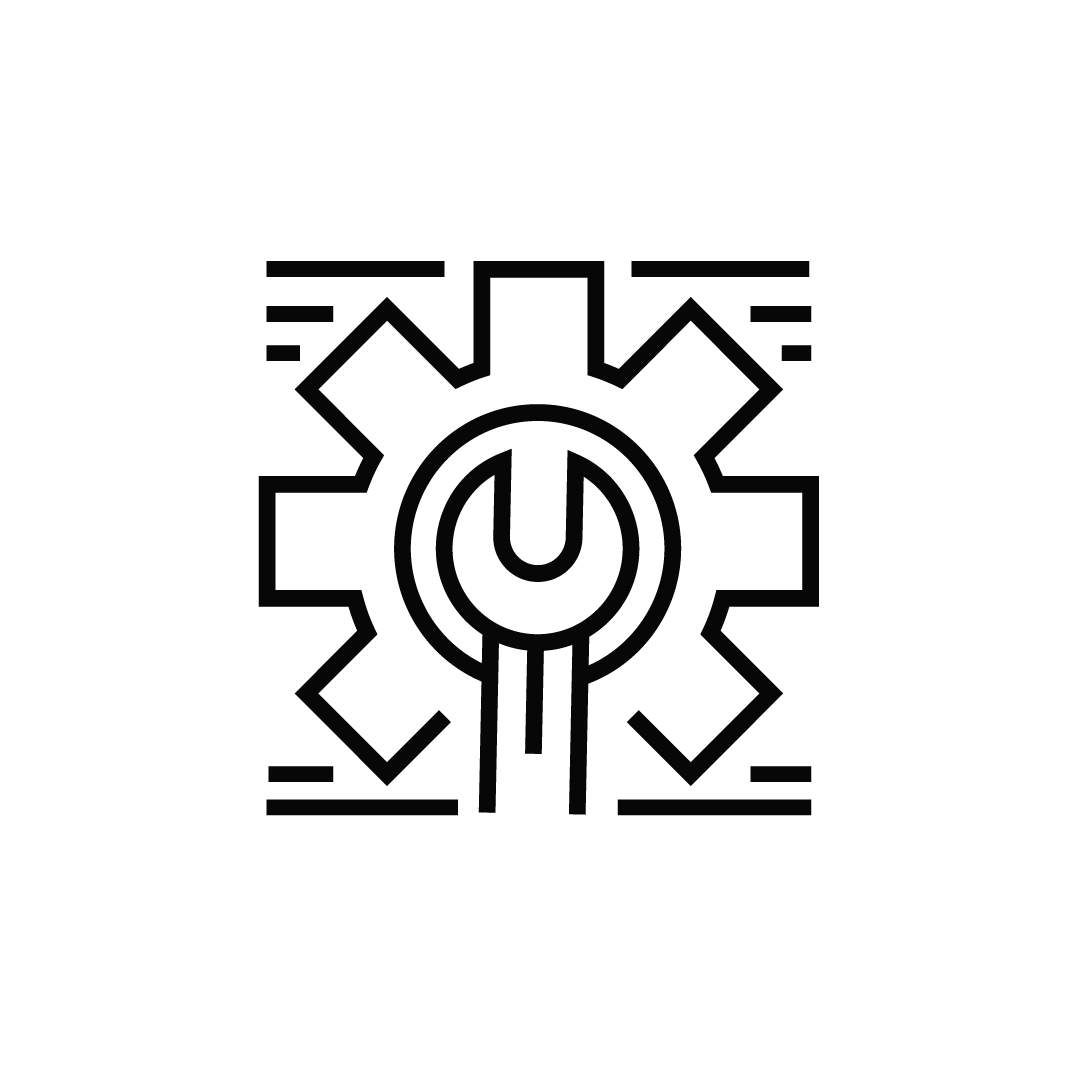
Mechanical failure
Challenging Terrain
Emergency Beacons and Team Spirit: The Heroic Rescue of Injured Canyoneers in Horse Tank Wash
34.5636358°N, -111.8543178°W
Posted on June 28, 2024 by JJ
What happened?
Six people were descending Horse Tank Wash canyon: one expert, four moderately advanced, one beginner (with over 40 canyons), and one first-timer.
The last rappel of the day was a 20 ft descent off a large sandstone rock approximately 3 ft by 4 ft by 8 in thick (roughly 1,000 lbs), situated on its long edge. The webbing was brand new and inspected, with a single red sling around the rock. The rock seemed stable. Four people had rappelled on this anchor previously in the group. One person thought the anchor moved, but as it was the first-timer while on rappel, it was thought that the webbing had resituated itself. The last two decided to simul-rappel for fun.
As soon as the anchor was weighted and both people were approximately 5 ft below the sloped lip and already over the edge, the anchor gave out. Person A and Person B dropped approximately 15 ft to the ground below. Person A sustained a compound tibia fracture with approximately a 3-in gash, actively bleeding but not arterial. Person B was crumpled on the floor four feet away with chest and left-hand pains. Person A immediately started yelling to activate the InReach SOS due to his leg fracture. The team joined the two injured parties to assess and help with injuries.
The Garmin InReach device continuously displayed a message like “Device is damaged. Unable to send message. Contact support,” but on the main screen, it said “SOS in progress.” Because it indicated damage and an inability to send a message, we were uncertain whether it was working properly and sending the SOS signal correctly. Therefore, we decided to activate the ACR ResQLink VIEW. It clearly indicated “406 successful” and later “121.5 successful.” Although we didn’t know what the numbers meant, everything being marked successful gave us peace of mind.
Person A’s leg was splinted with branches and bandages and was transported 30 yards down the canyon to a clearer, dryer open area with a slightly sloping rock face for stabilization and SAR rescue.
There was a discussion about splitting up the group so that half could go for cell service and rescue. Person B, who owned the ACR, told the group we should stay together due to logistics (lack of headlamps, lack of beta devices for the exit) and because the ACR was successful and they would come.
The group decided to stay together.
Two hours after pushing the button for the ResQLink, the first helicopter arrived, but due to high winds, it could not drop down the paramedic. The helicopter passed over the team three more times over as many hours without dropping in, so we figured we’d spend the night waiting for the ground crew in the morning. They were finally able to drop a paramedic at 11:30 p.m., 10.5 hours after the button activation.
Person A needed to be rebandaged due to active bleeding and re-stabilized for long-term waiting for SAR arrival. They were airlifted out, and the group continued through the canyon and out the planned exit, helping Person B with belays and assisted down climbs due to minimally functioning hands and an inability to push off due to chest pain and weakness.
What Worked:
- The Garmin InReach eventually transmitted the name of the injured person and the nature of the injury, as well as the SOS signal (though reliability was uncertain due to error messages and phone issues).
- The ACR had two clear messages indicating success (without them, the option to split up the group for help with better signal would have been more viable, but weakening the group structure for patient well-being; the group stayed together because the ACR was trusted to get the word out).
- Prior notification to people on the contact list for each respective device about our plans, including explicit details of the canyon for SAR to conduct research.
- Within the team of six canyoneers, one person helped train SAR for canyon rescues and three had medical backgrounds, enabling calm and coherent discussions on plans of action for patient care and creature comforts during the wait.
- Creativity, ingenuity, knowledge, and a desire to work for a good collective outcome, including knowledge of knots, moving and stacking rocks, collecting and building firewood, and keeping the patient warm.
Room for Improvement:
- Judgment error in simul-rappelling, which will never be repeated. Although the anchor should have held, being upwards of a thousand pounds and both people weighting the anchor after being over the lip, which should have taken 50% of the weight load, the rock still cleaved off the wall, resulting in anchor failure.
- Needed a better medical kit, specifically pressure wrapping and clotting gauze.
Thank you to all the behind-the-scenes people who made this rescue a success: friends, family, AZ DPS Air Rescue, Coconino SAR, and TRSAR. Unless you are on the receiving end, and I hope you never are, you cannot imagine the wave of elation that overcomes you when you hear those helicopter rotors in a remote canyon. When that deafening sound hovers over you, how happy you become knowing that the help you so desperately needed has finally arrived.
I have always been sincerely thankful for the friendship and camaraderie I have come to know and grow in this community. Despite our many differences and lifestyles, this one hobby, which for many is a way of life, has become nothing short of a family.
Words of wisdom
Carry a rescue device, it was a life saver, carry a med kit, everything we had WE USED…we needed more
Thank you note
Thank you for creating a piece of mind when it was needed in our hour of needed
Rescue location
Camp Verde, AZ 86322, USA
Rescue team
Local Search and Rescue
ResQLink™ View RLS
Go to product details$484.95 – $614.95
- No Subscription Required
- Digital Display
- Return Link Service (RLS) Functionality
- GPS | Galileo GNSS
- Built-In Buoyancy
- Strobe and Infrared Strobe
- Global Coverage
- MEOSAR Compatible
- Small and lightweight
- 5 year battery life
- 28 hours Operational Life**
- Multifunction Clip System Included
- Exclusive ACR Skins included with purchase (customize your beacon and tailor it to your lifestyle and preferred activities)
